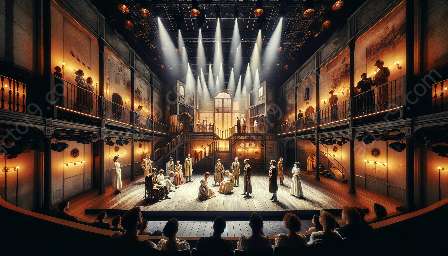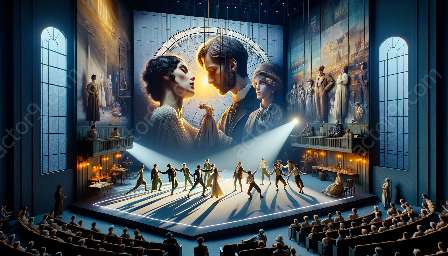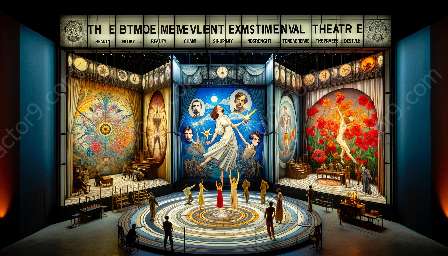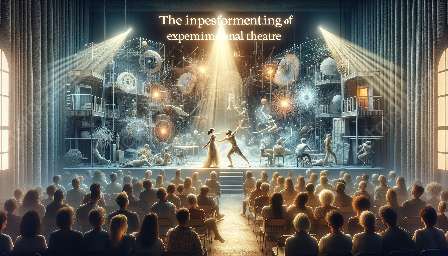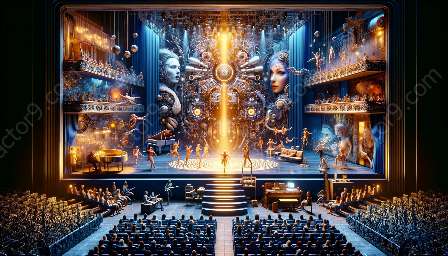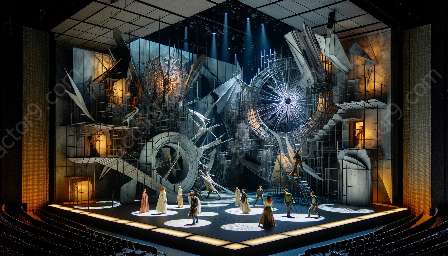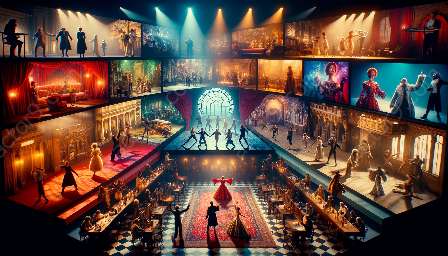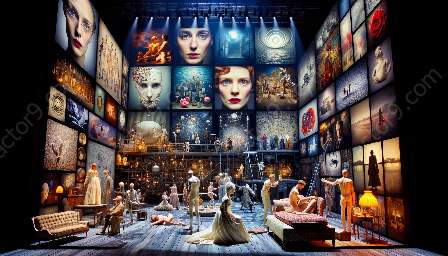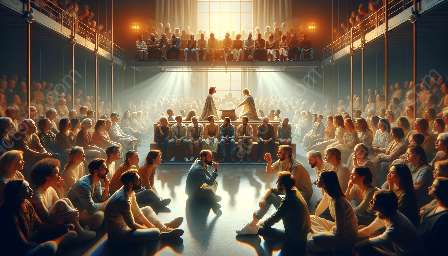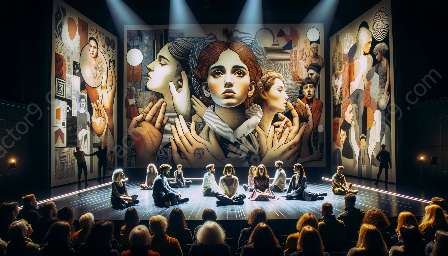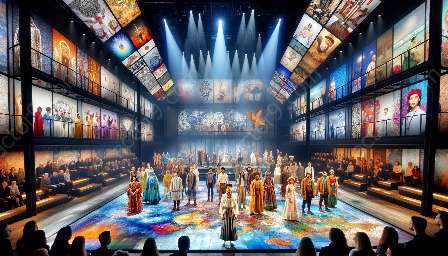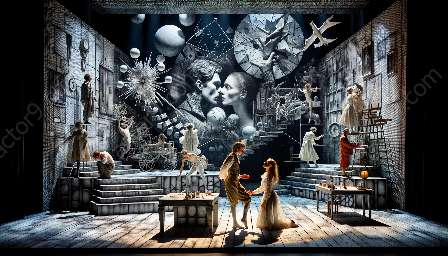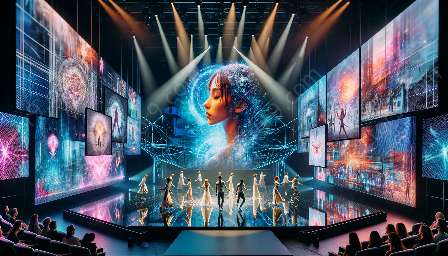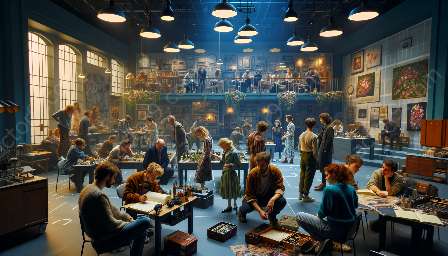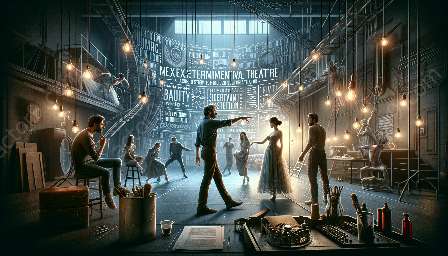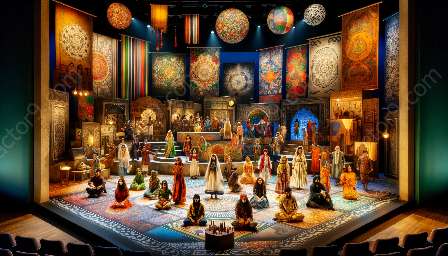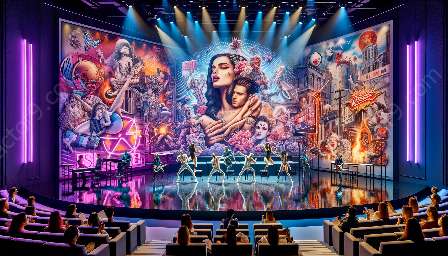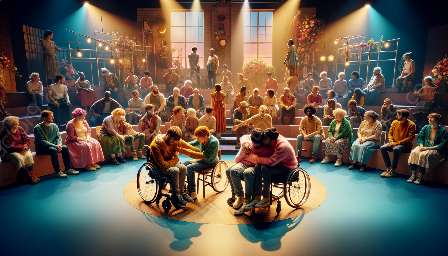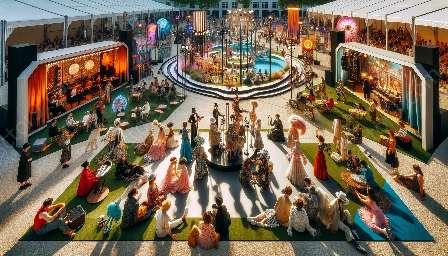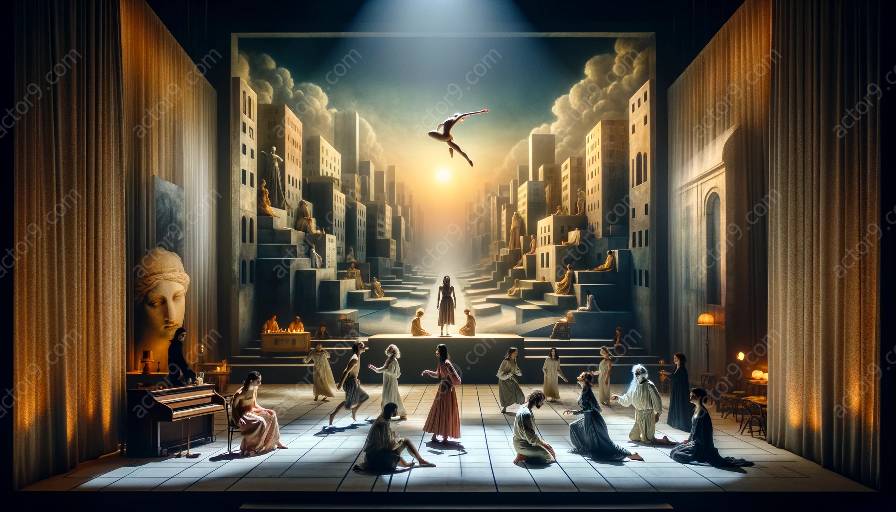Experimental theatre has a rich history shaped by various historical influences. This form of theatre emerged as a reaction to traditional, mainstream theatre and sought to challenge conventions, experiment with new ideas, and engage with audiences in unconventional ways. Collaborative approaches have played a significant role in the development of experimental theatre, drawing inspiration from historical movements, social changes, and artistic innovations. Understanding the historical influences on collaborative approaches in experimental theatre provides insights into the evolution of this unique form of creative expression.
Historical Movements and Collaboration
One of the key historical influences on collaborative approaches in experimental theatre is the impact of avant-garde and radical artistic movements. The Dada movement, Surrealism, and Futurism, for example, encouraged artists to collaborate across disciplines and challenge established norms. These movements emphasized the importance of collective creativity and fostered an environment where artists from different backgrounds could come together to experiment with new ideas and techniques. This spirit of collaboration permeated experimental theatre, leading to the emergence of diverse and multidisciplinary collaborations.
Social Changes and Collaboration
Historical social changes also influenced collaborative approaches in experimental theatre. The upheavals of the 20th century, including wars, social revolutions, and cultural shifts, created a fertile ground for artists to collaborate and explore new ways of storytelling and expression. Experimental theatre became a platform for artists to engage with pressing social issues, challenge power structures, and amplify marginalized voices through collaborative efforts. This era of social change significantly impacted the collaborative dynamics within experimental theatre, leading to a focus on collective storytelling and the amplification of diverse narratives.
Technological Innovations and Collaboration
Advancements in technology have also shaped collaborative approaches in experimental theatre. From the use of multimedia and interactive elements to the integration of digital tools, technological innovations have expanded the possibilities for collaborative experimentation in theatre. The evolution of sound and lighting technology, projection mapping, virtual reality, and interactive installations has enabled theatre practitioners to collaborate with experts from diverse fields such as digital art, gaming, and interactive design. This intersection of technology and collaborative approaches has propelled experimental theatre into new territories, redefining the boundaries of artistic collaboration and audience engagement.
The Evolution of Collaborative Approaches
Over time, collaborative approaches in experimental theatre have evolved in response to historical influences, adapting to changing societal dynamics and artistic innovations. The 21st century has witnessed a resurgence of collaborative practices, with an emphasis on inclusivity, diversity, and interdisciplinary collaborations. The impact of historical movements, social changes, and technological advancements continues to shape the collaborative landscape in experimental theatre, paving the way for inventive and boundary-pushing performances that challenge traditional notions of theatre and storytelling.

